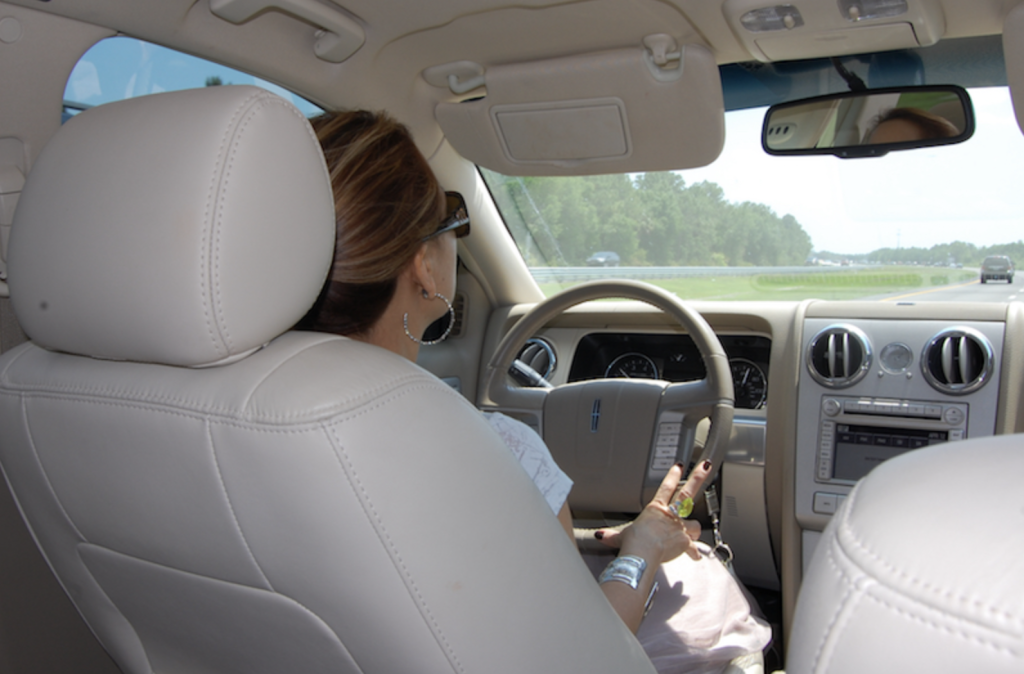It’s easy to forget how dangerous cars can be. Of course, when things are running normally and as expected, and provided that the road conditions and driver are safe, the risks will usually be limited; however, there are many issues that can potentially make your car risky to drive. In line with this thought, today’s guide has outlined several things you need to know to help you determine whether the vehicle is a safe bet (or not).
Is Your Car Safe? 5 Things to Watch For
When checking your car, knowing the key signs of problems is integral. Luckily, the following five pointers could help.
#1 Look for Obvious Damage
Your car can easily get damaged in between uses; as such, a quick check before you drive is vital each time. Punctures to the tyres or debris falling on the windscreen are among the most common obvious risks; however, more minor issues could have also arisen, especially if your car has had advisories on past MOTs (which increases the risk of major issues).
The historical information on the car can be revealed with a alternative HPI check for free. The details include MOT History, Road Tax status, the last V5 logbook date change, and much more.
#2 Check the Fuel
Don’t assume that your car’s fuel will be full – even if you’ve only just topped up. Damage to your vehicle’s fuel tank could potentially cause leakage, leaving your vehicle with much less than you’d realised. In turn, this could leave you stranded; as such, check the fuel before you leave just in case you need to top up before your journey.
#3 Water Levels
Before you head out, make sure the water levels in your car are topped up to prevent the engine from overheating. Similarly, keeping your screen wash topped up is crucial to ensure you have good visibility while on the road.
#4 Monitor the Steering
When you head out, take things slow to start with. Test out the steering to make sure that the wheel isn’t pulling in one direction or other; if it is, this could indicate numerous complications, such as uneven tyre wear, underinflated tyres, incorrect wheel alignment, worn suspension, stuck brake callipers, and the like.
#5 Keep an Eye on Early Issues
If you notice early signs of a problem, these likely won’t be major risks just yet. However, you should always keep a close eye on them to make sure they don’t worsen. Failing to monitor these can put you at much higher risk than normal, so taking proactive measures is vital.
Final Thoughts
Every time you drive your car, making sure things are working as normal is crucial. After all, a lot can change from day to day – and luckily, there are ways to ensure your car stays in good nick for as long as possible.
However, if your car has a hidden history, this can predispose it to complications; fortunately, running a car check offers a simple way to verify this. So, don’t just take the past seller’s word for it; there are all sorts of past issues that these checks can highlight, allowing you to understand more about the car’s past use (and potential risks).

